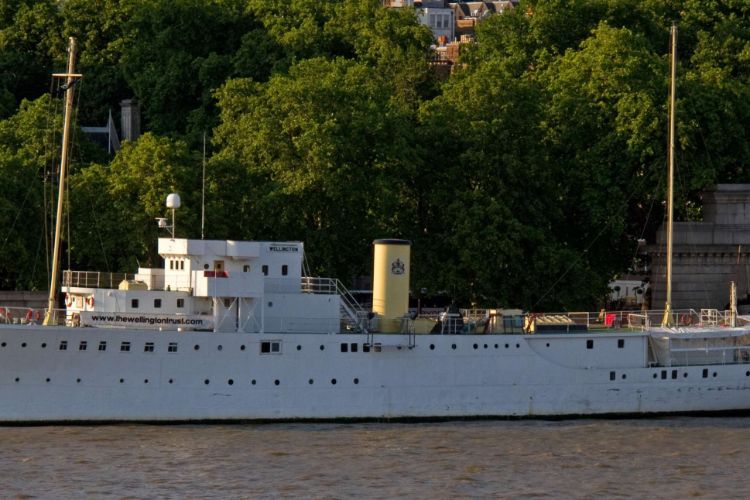Exhibition ''War & Trade'' in HQS Wellington
THE EXHIBITION IS OPEN FROM 1100 TO 1700 ON SUNDAYS AND MONDAYS ONLY DURING THE PERIOD SHOWN.
By 1913, 80% of Britain’s wheat and 50% of its meat came from abroad, as did ore for 50% of pig iron production, for example, while motor vehicles and the Royal Navy's newest ships depended on imported oil. That dependence upon the sea became all the more critical as the First World War began. By February 1915, any illusion that the War on land would be short had gone. The Imperial German Navy instead saw cutting Britain's trade routes as the means to victory and began its first period of unrestricted submarine warfare. Thus, by April 1917, one in four merchant ships leaving Britain was being lost to enemy action, be that by torpedo, mine or gunfire. This brought the realisation that starvation would result in Britain's capitulation later that year.
This finally forced the introduction in May 1917 of the convoy system, groups of merchant ships being escorted by Royal Navy and Allied warships across the Atlantic in particular. It changed the outcome of the War.
Royal Navy concerns over using its ships to protect the Fishing Fleets from attack were allayed by a Ministry of Agriculture study showing fish consumption by the population equated to around half that of meat consumed, so much of which was imported.
The wartime sacrifice and service of the Mercantile Marine, the merchant service, was recognised in 1928 by HM King George V conferring upon it the title 'Merchant Navy.'
